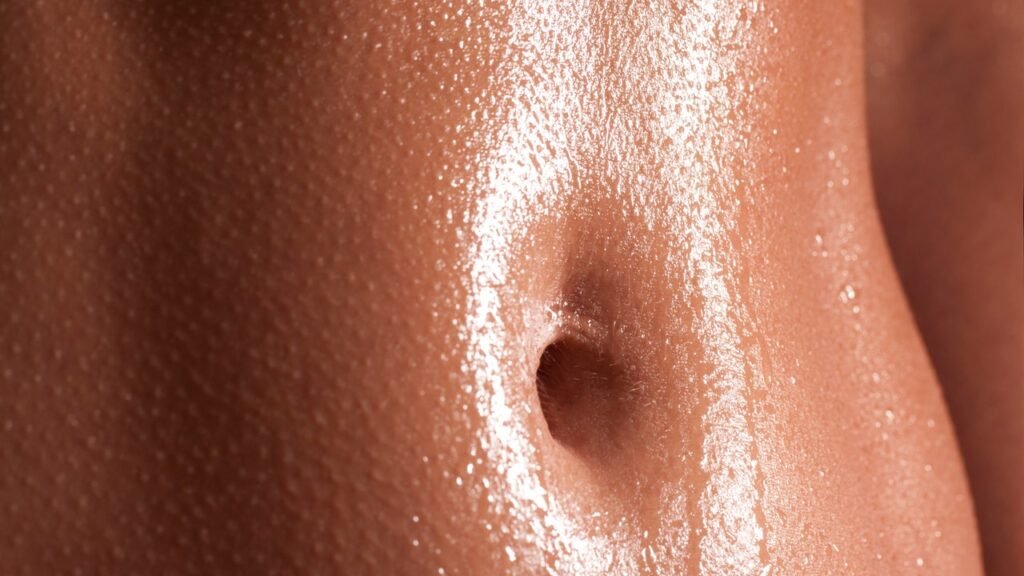It’s hard to pinpoint exactly when everyone from your favorite celebs to people you know, literally or indirectly, became a Pilates girl. (For me, it was the 2022 Met Gala, when Lori Harvey credited Pilates for her perfectly toned abs.) The workout’s cultural impact was unparalleled, and for a while, it seemed like nothing could ever replace it.
But take a quick scroll through Instagram or TikTok and you’ll see a flurry of newer, hotter Pilates videos that just might take the top spot on your fitness journey. We wouldn’t necessarily call this a replacement; rather, think of it as an upscale version of classic Pilates. Welcome to Hot Pilates.
As the name suggests, hot Pilates is a type of Pilates performed in an infrared-heated studio that can enhance your fitness goals, whatever they may be. “Not only is it a low-impact exercise that helps with flexibility, balance, and core strength, but the exercise also has mental benefits, and the heat adds an extra challenge,” explains Alexis Colvin, MD, professor of orthopedic surgery at Mount Sinai.
Interested? Read on to find out everything you need to read before booking a class and getting sweaty.
What is Hot Pilates?
As Eli Kaylin, instructor and founder of hot Pilates studio Fuze House explains, hot Pilates is a low-impact, high-intensity workout that takes place in an infrared-heated room. The temperature during class is usually set at 95-100 degrees, and you work out on a mat with light weights, bands, Pilates rings, and other equipment, combining traditional and modern mat Pilates movements.
merit
No matter what form of Pilates you do, Dr. Colvin points out that increased flexibility, improved range of motion, and core strength are the main health benefits of doing Pilates regularly, and research has shown that Pilates can also help reduce stress.
Doing hot Pilates gives you the added benefit of infrared heat: “Not only does heat improve circulation, it also helps loosen muscles, increase flexibility, and reduce the chance of injury,” says Kaylin. Studies have also shown that hot exercise can boost your metabolism and burn more calories compared to non-heated exercise.
Cons
But when the weather is hot, you should be careful: Pilates isn’t for everyone. Dr. Colvin warns that people with certain health conditions, like asthma, heart disease, low blood pressure or low blood sugar, or who are pregnant, should exercise caution when signing up for classes. Excessive sweating and high temperatures can increase the risk of dehydration and fainting. “If you have any health problems, be sure to get your doctor’s clearance before starting,” says Dr. Colvin.
Hot Pilates vs. Reformer Pilates
Kaylin says the biggest difference, aside from the high temperature, is that hot Pilates is done on a mat, while reformer Pilates is done on a reformer machine. Reformer machines have springs, straps, a platform and a carriage system that give the exercises resistance and intensity. By comparison, hot Pilates relies on your body to provide the same tension.

